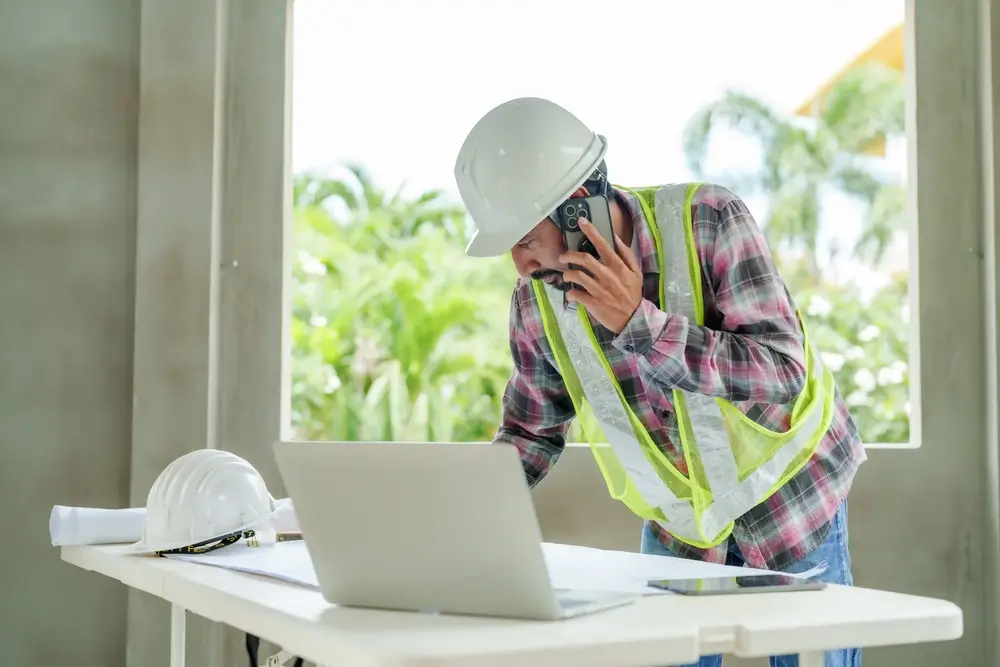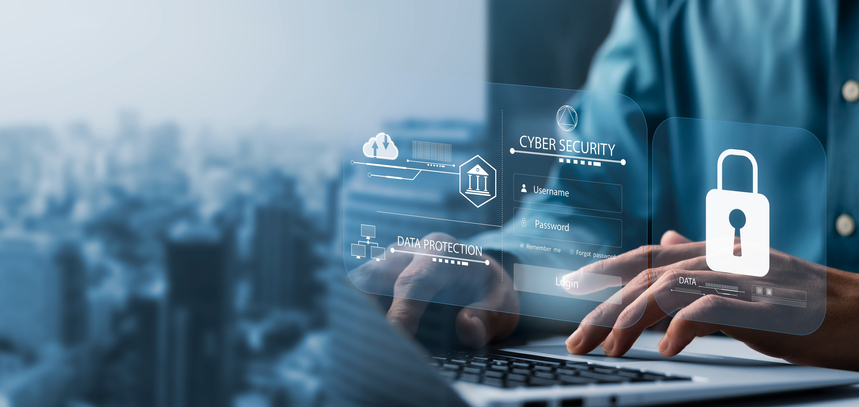5 Tips To Improve Home Office Safety For Remote Work
Home office is a must-have in any home today. This is particularly common in newer households where people are used to work in a hybrid or remote setting. And since around 42% of employers in the US prefer workers to work from home when applicable, it’s even more important to ensure safety.
But workplace safety and home office safety are quite different. In any industrial setting, workplace hazards are different while home office safety is more about ensuring proper physical and mental well-being. But it is also about guaranteeing data safety, emergency preparedness, etc.
Today we’re looking at some of the key things to focus on and keep home office safe when working remotely. So, let’s get started.

1: Emergency Preparedness
Being prepared for emergencies is crucial in a home office setup. Individuals should familiarize themselves with emergency evacuation procedures. FEMA report said that around 81% of homeowners have gathered necessary precautions to deal with emergencies.
But you can start by knowing the location of emergency exits and having a clear evacuation plan helps ensure a swift and safe exit in case of unforeseen events. Then establishing a list of emergency contacts is also essential.
This list should include local emergency services, neighbors, and family members. Having these contacts readily available can expedite communication and assistance during critical situations. Then it’s also important to establish a few key things, such as:
- Keep important documents in a waterproof and accessible container;
- Familiarize yourself with nearby emergency shelters or community centers;
- Have a communication plan with family, neighbors, and coworkers;
- And include essential medications and personal identification in your emergency kit.
You can enhance safety of your home office by incorporating these basic emergency preparedness practices. So ensure regular updates with local news and stay in the loop with any impending emergencies or extreme weather situations.
2: Ergonomic Setup
Creating an ergonomic setup is crucial for ensuring a comfortable and healthy home office environment. A study suggests that ergonomic workstations improved performance by 18%. It’s essential to designate a dedicated area for work to distinguish it from the rest of the living space.
Ergonomic furniture plays a pivotal role in maintaining physical well-being during work hours, and here’s a checklist for ensuring that:
- Designate a dedicated, well-lit workspace for optimal focus;
- Choose ergonomic furniture to promote comfort and prevent strain;
- Prioritize natural light to reduce eye fatigue during work;
- Ensure an adjustable monitor and keyboard for personalized comfort;
- And create a neutral and relaxed body position for sustained well-being.
A comfortable chair and a well-matched desk contribute to good posture and reduce the risk of musculoskeletal issues. While an adjustable monitor and keyboard allow individuals to customize their workspace to suit their unique needs.
An ergonomic setup not only enhances productivity but also safeguards against potential health concerns associated with prolonged sitting and repetitive tasks.
3: Cybersecurity Measures
Maintaining a secure online workspace is necessary when working remotely. Experts of Cybersecurity say there are around 2,200 recorded cyber-attacks every day. That’s why the foundation begins with a robust Wi-Fi network.
Users should secure their network with a strong password and steer clear of easily guessable information. Encryption is another essential aspect and encodes data to prevent unauthorized access, adding an extra layer of protection. So, here’s another checklist for you to go through:
- Secure Wi-Fi with a strong password for network protection;
- Encrypt data to prevent unauthorized access and enhance privacy;
- Use a VPN for a secure connection and confidential data;
- Regularly update software to fix vulnerabilities and enhance security;
- And employ reliable antivirus software for added protection against cyber threats.
Ensuring these basic cybersecurity measures mitigates the risk of unauthorized access and data breaches.
4: Physical Security
Ensuring the physical security of a home office is as important as safeguarding digital information. Around 72% of American houses feature at least once security device in the premises. That’s why storing sensitive documents in a secure manner is fundamental.
This involves ensuring protection of valuable data and personal belongings in case of a break in. Here are five key steps every remote worker should take:
- Use lockable storage for confidential documents to prevent unauthorized access.
- Shred sensitive materials before disposal to protect against identity theft.
- Secure work devices in lockable spaces when not in use.
- Implement systematic disposal practices for enhanced physical security.
- Safeguard home office space to deter unauthorized access and theft.
These basic physical security practices can help keep a home and office safe from threats. And that’s how individuals can protect their physical workspace and sensitive information from potential threats
5: Mental Health and Well-being
Prioritizing mental health is essential for maintaining a healthy home office environment. A research showed that 40% people who were working fully remote showed some symptoms of anxiety and depression.
That’s because remote work can blur the lines between personal and professional life, making it crucial to establish boundaries. That’s why it’s important to practice a few things, such as:
- Set clear working hours to avoid overworking and burnout;
- Take regular breaks to reduce stress and maintain focus;
- Incorporate physical activity for relaxation and tension reduction;
- Establish a dedicated workspace for a healthy work-life balance;
- And maintain open communication with colleagues to reduce feelings of isolation.
Establishing a dedicated workspace helps create a mental boundary between work and leisure. This separation aids in maintaining a healthy work-life balance. Moreover, recognizing the signs of stress or burnout is crucial.
Seeking support from friends/family or mental health professionals is encouraged if you feel burnout or overwhelmed. That’s how you can ensure a positive and sustainable work environment in the home office.
Conclusion
These are some of the tips that can ensure safety and security of personal spaces and home office. It’s important to tend to each tip to create a safe and healthy working environment at home. But, it’s also important to separate personal and professional life.
Related Posts

360° Video Safety Training for High-Risk Construction

Workplace Safety Survey: What 500 U.S. Workers Revealed



